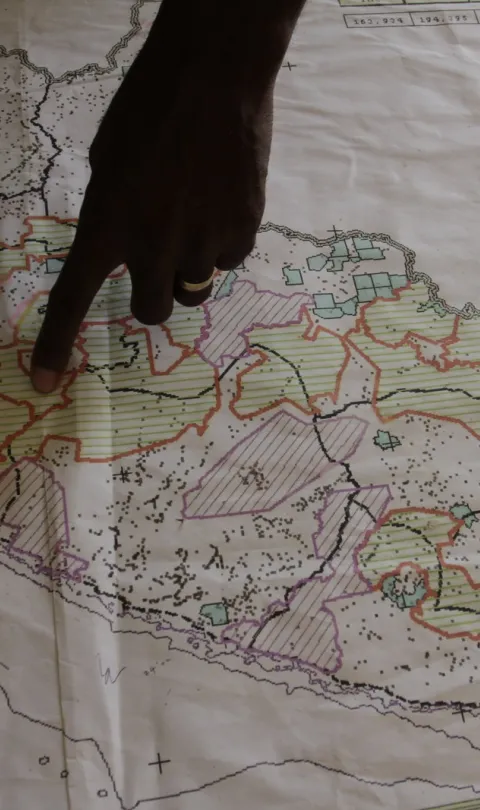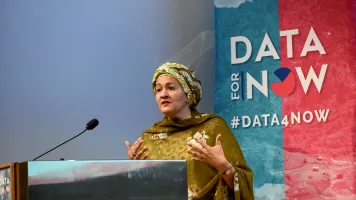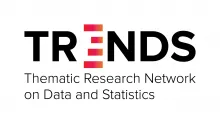Every year since the Sustainable Development Goals were agreed in 2015, new poverty data has been released showing the numbers of people in different countries in Africa who live below national or international poverty lines. What you might not know is that for two-thirds of the population of the continent, those figures are modeled using data from surveys that were conducted before the SDGs were even agreed.
We hear a lot about the critical role that deforestation plays in fueling the climate crisis, and about the policies that are needed to reverse it. But what you might not know is that the global figures on deforestation are four years out of date. A lot has happened in those four years.
At a time when half the world is connected to the Internet, when more than two-thirds of the world’s population subscribe to a mobile phone, and when satellites fly overhead every few minutes, the fact that our data lags so far behind our lives is slightly incredible, but wholly fixable. Our new initiative on timely data for the SDGs, launched with our partners the World Bank, the United Nations, and the Sustainable Development Solutions Network, seeks to do exactly that.
The last few years have seen a profusion of data innovation:
Academics have developed and tested new methods for using timely data to produce robust insights that provide the accuracy policymakers need.
Developers have produced apps that are used by millions of people around the world, powered by real-time data on transport or weather, and by the global infrastructure of location services, broadband Internet, and constantly updated mobile signals.
Statisticians in government are experimenting with using new data to complement their surveys and censuses, to provide information in between those expensive and difficult data collection exercises.
Public and private entities have been trying out new methods for sharing data and insights, in ways that protect the public, to make sure that vast new data resources are being used for the public good.
But despite this plethora of solutions that are available, fitting them to real world problems, in a useful and sustainable way, has not always been easy – and those data gaps remain. Technical, political, and institutional barriers stop innovations from going to scale, and from reaching the countries and people that need them most.
This is where the timely data initiative comes in.
We will work with partner countries to identify needs, matching them to proven methods and data sources from partners that have agreed to collaborate.
We’ll make sure that capacity is transferred so that governments and others can manage, process, and use the data they need.
We’ll work with partners to make sure that the data can be integrated into their national systems, to prevent a confusing proliferation of platforms and ensure that data is used for decision-making.
And we’ll share our learning and lessons so that others can adopt similar approaches. We’ve already begun this work in Senegal, in partnership with the Islamic Development Bank, where we’re building upon initiatives (such as the government’s use of Earth observation data via the Africa Regional Data Cube) to test methods for timely monitoring of key SDG indicators on agriculture, the environment, and water.
By 2020, we’ll have a group of governments, companies, academic institutions, and civil society groups who can demonstrate the feasibility and usefulness of developing and using up-to-date insights from new data sources to help achieve and monitor the Sustainable Development Goals. It’s a big step forward on partnerships and collaboration on data for the SDGs – bringing together existing initiatives and matching demand with supply. And we’re hoping for big results and a step change in the sustainable and routine use of new data by those who need it, to get the world on track for the 2030 deadline.
Will you join us? Find out how here.


